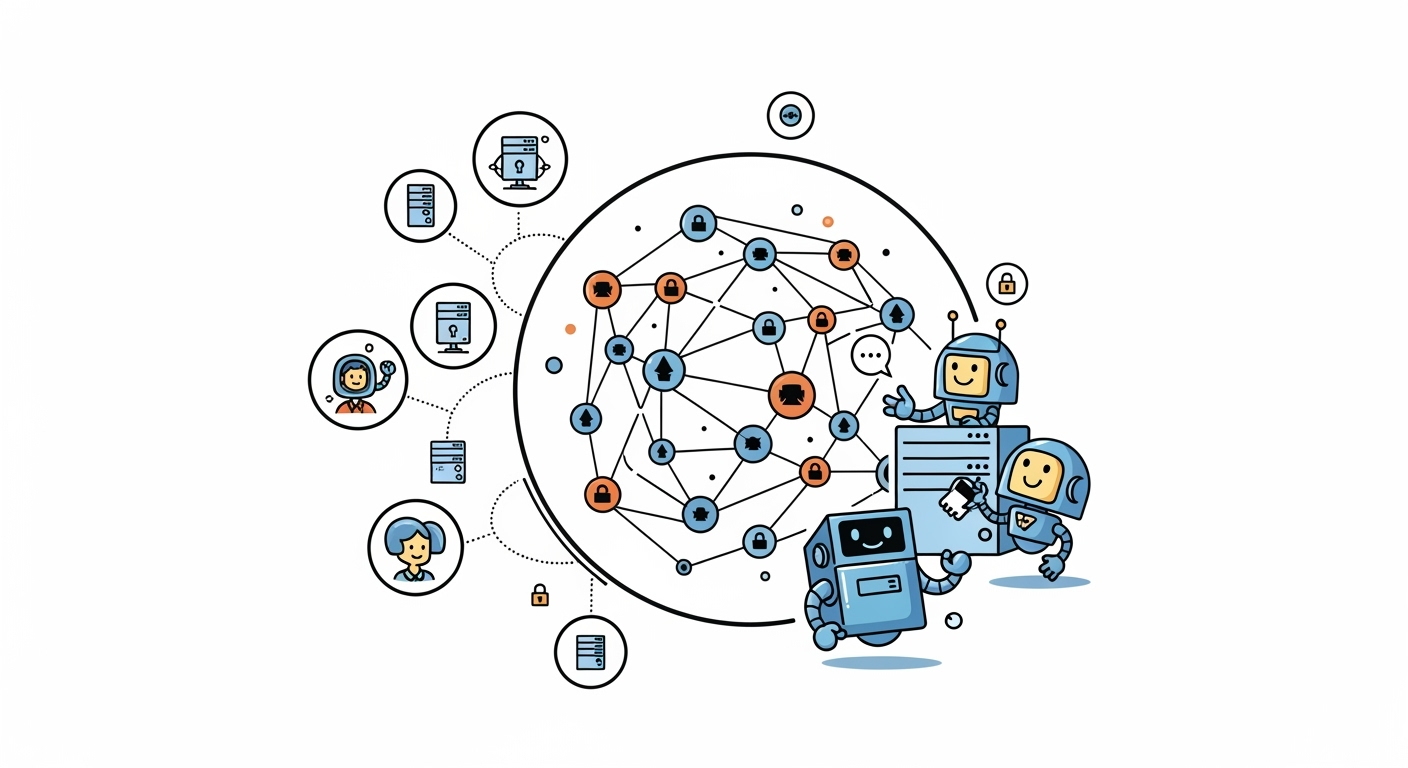The circle is complete

The circle is now complete. The main domain for DVMCP, dvmcp.fun, has been updated with the new version of the website, implementing the latest specifications, this completes the circle of the implementation of the new specification. At first glance, you might not notice any differences, but under the hood, DVMCP has been completely refactored. This includes updating to the latest MCP spec and supporting all major MCP capabilities, tools, resources, resource templates, prompts, and completions. Additionally, we've introduced different kinds for announcements and the use of ephemeral events for all communication between clients and servers. For a more detailed explanation of what the update to the new spec brings, you can read our previous articles where we talk about it here.
This refactor opens up a significant amount of new possibilities for what an MCP server can do. The design of the spec and packages is now more elegant and efficient due to the separation of servers and capabilities into different kinds and the use of ephemeral events, which was one of the biggest criticisms of DVMs. It's also worth mentioning that we designed this new spec with the understanding that MCP is an evolving protocol. We crafted it in a way that it can be extended when new features or capabilities are added to MCP.
Currently, there are some servers available online for you to use. Soon, we will be deploying more. We have a wealth of ideas and use cases for new servers, but our team is quite minimalistic, so we will be proceeding step by step. In the meantime, we are looking for contributors. If you are interested, please get in touch.
Next on our agenda is the implementation of encryption for communication and unannounced or private servers. This will enhance the privacy of users on public servers that support encryption, as well as for servers that are not meant to be public. This will bring another leap in new possibilities for DVMCP, allowing users to remain fully private when using public or private servers, and also the ability to deploy personal or community infrastructure that is not supposed to be a public service.
The biggest difference between announced (public) servers and unannounced (private) servers is that the public events announcing the server are removed. This means you will need to know the npub of the unannounced server beforehand to start using it. For the rest, public and private servers will work the same. Payments and authentication through public keys remain unchanged.
In the next version, we are also introducing the ping capability following the MCP specification. This will allow you to ping a server before using it to check if it is online.
Without further ado, we hope you are enjoying walking this path as much as we are!